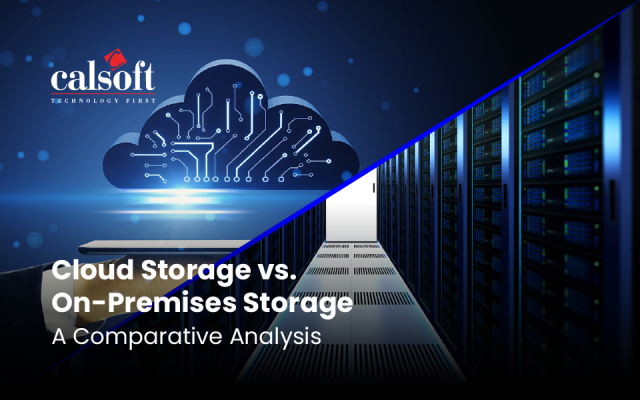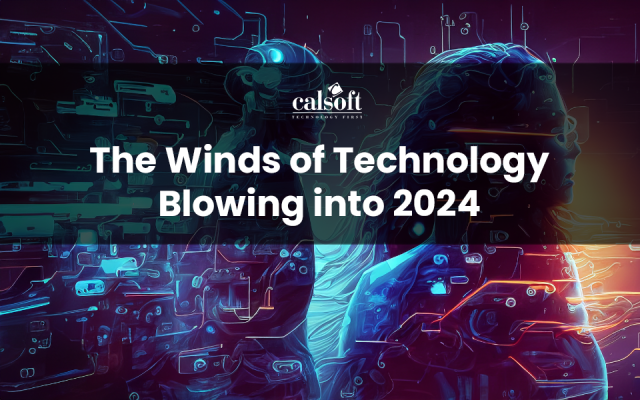In our previous blogs, we have discussed, what CXOs should consider before migrating their infrastructure to the cloud. Now that we have seen the best practices for migrating the workloads to the cloud, we should look into how the CTOs can leverage the full benefits of the cloud.
For CTOs to understand the implications of cloud-native development we need to look into the fundamentals of cloud-native development. The question arises what is cloud-native development?
According Cloud Native Computing Foundation (CNCF), cloud-native tech enables organizations to build and run scalable applications in public, private, and hybrid clouds. Cloud-Native applications as we know them uses a microservices architecture, which allocates resources to each service that applications use
Components and Layers of Cloud-Native Development
Now that we know cloud-native applications operates with a microservices architecture, we need to look into the various capabilities of Cloud-Native Development:
- Microservices based: Microservices typically break down an app into a series of independently deployable modules/ services. Each module references its data and supports a specific goal(s). These modules are then communicates with each other through Application Program Interfaces (APIs).
- API-based: Application Program Interfaces (APIs) connect Microservices and containers, providing the applications a means of communication, enabling them to act as a glue between the loosely coupled services.
- Containers: One of the main benefits of cloud-native development is the increase of containerization. Put simply containers are a type of function which logically isolates an application, empowering it to run independently of the physical resources. One of the major benefits of a container is that it refrains the microservices from interacting with each other, barring applications to consume the shared resources of the host.
Now that we have seen the broad components of the Cloud Native developments, we need to delve into the cloud-native development layers. A typical cloud-based application can be bifurcated into 4 layers:
- The application definition and development layer: The topmost layer focuses on the tool leveraged by developers to build apps such as databases, communication systems, container images, and deploy DevOps pipeline.
- The provisioning layer: This layer is concerned with securing and building the environment where the application will run. This is also known as infrastructure as a code, enabling the developers to store images in a repository, automate the build, and finally address the security vulnerabilities through scanning and policy management, Identity and Access management tools.
- The runtime layer: This layer is responsible for overseeing the container runtime which is typically a docker application.
- The orchestration and management layer: This layer brings together the tools required to deploy, manage, and scale containerized applications that take care of scheduling and orchestration. In most cases, this is handled by Kubernetes, along with Service Discovery, API gateway, service mesh, and service proxy.
Benefits of Cloud-Native Applications
Now that we know about the capabilities of cloud-native development, let us look into the benefits of Cloud-Native Applications:
- Zero Downtime: With cloud-native development, container orchestrators such as Kubernetes organizations can deploy software updates with zero downtime.
- Scalability: With microservices in the picture, independent modules can scale up based on the demands, ensuring that other modules are not affected.
- Portability: Interoperability and portability of workloads coupled with the modular nature of the cloud-native application and development also dictates that modules are vendor-neutral, reducing the risk of vendor lock-in, empowering the organizations to utilize
- Reliability: Because of the modular nature of the application and development, if one module fails, there is no effect on the adjacent modules.
- Automation: One of the major benefits of cloud-native development is that you can leverage DevOps automation features to enable continuous delivery and deployment of the software changes at a regular interval.
Best Practices CTOs must consider for Cloud-Native Development
With rapid adoptions of the cloud adoptions and migrations, CTOs of the organizations are now looking forward to the application modernization and business modernization aspects of the business. While it typically deals with the changes in organizational culture, processes, and technology, the CTOs should adopt 5 key practices to drive the organization-wise adoption of cloud-native development.
Adopt a Cloud-Native Mindset:
Cloud-native development should be gone above and beyond new technology and platform, rather it should be seen as a shift in culture and mindset. Rather than taking a product mindset, it requires a service-oriented mindset. The CTOS must prepare the organizations to embrace the DevOps principles. It should start by restructuring teams based on their capabilities.
Understand the Technologies Involved:
Cloud-native development mainly leverages open-source technologies. This results in the development of an understanding of how these technologies work and how they can be managed effectively. Given that there is always a risk associated with the adoption of new technologies as it impacts the work culture of an organization, CTO’s need to make a risk assessment and identify the changes required to adopt the cloud-native technologies.
Empower Your People:
Begin with an assessment of the existing skillsets available with the company and determine the support the cloud-native DevOps team might need. You need to analyze the skills of employees to address any gaps. Also, identify the requirements of your teams and give them access to the tools, and training required.
Assessing Organization Capabilities:
Cloud-native technology enables developers to design and deploy reliable and scalable services in a fast-paced manner. However, CTOs should support these by aligning the processes and work culture along with it. To do that, CTOs need to understand the existing processes, and organizational capabilities for faster deployment and dynamic workflows.
Automate IT:
Essential to fast-track the delivery cycle, eradicating manual tasks. Automation could be inclusive of network and infra provisioning, application deployments, and configs, which then can be extended further into containers, computing, securities, and testing.
In a Nutshell
With the rapid adoption of the cloud, cloud-native development offers huge opportunities to a business, transforming the way applications are built and managed. There lies a humongous task ahead of the CTOs to steer the organizations through the process of adopting new culture, and technology. Be it application modernization or business modernization, cloud-native development enables organizations by selecting the right technology stack.
Leveraging Calsoft’s expertise in the cloud, we have strived to help both small businesses and large corporations leverage their investments into cloud platforms. We can also enable organizations to modernize their application or business process.
Want to know how we can assist you? Contact us today.







